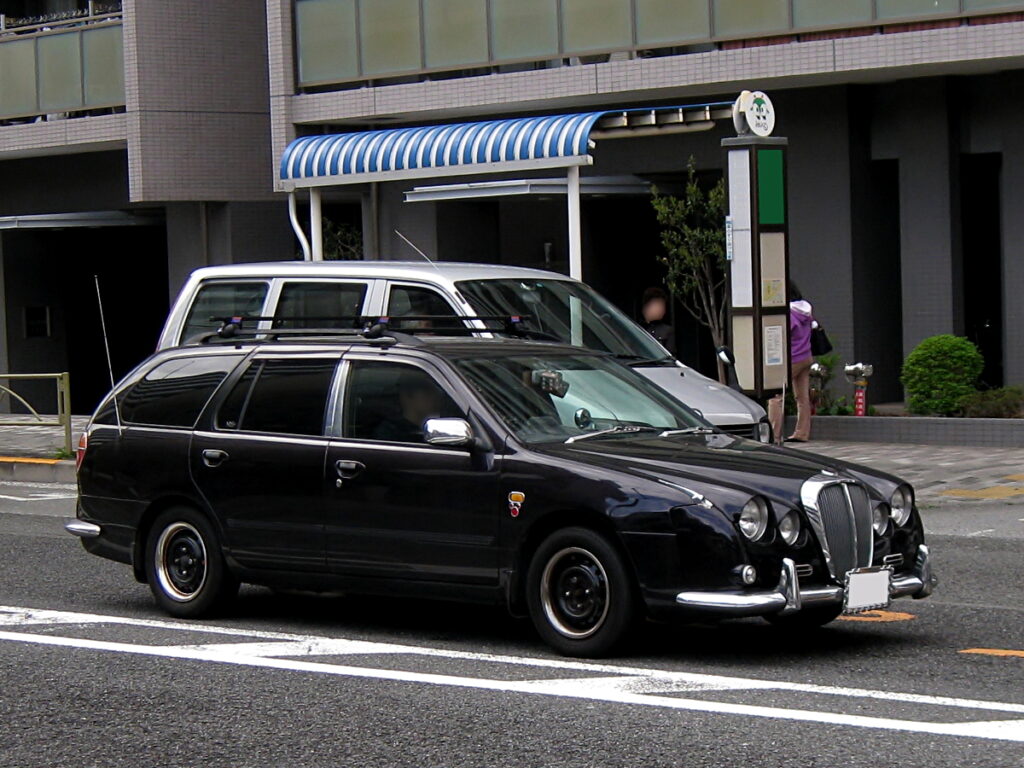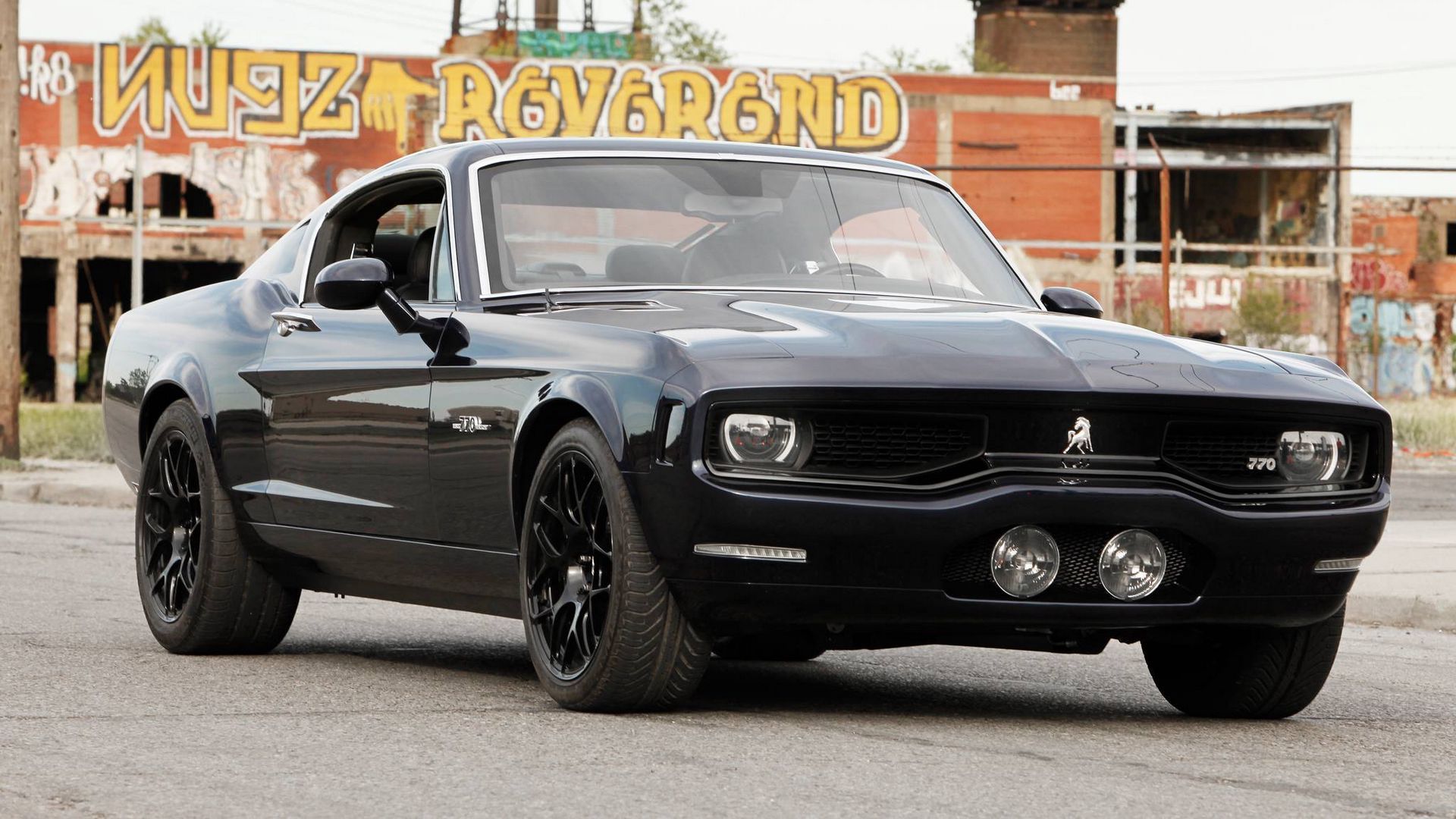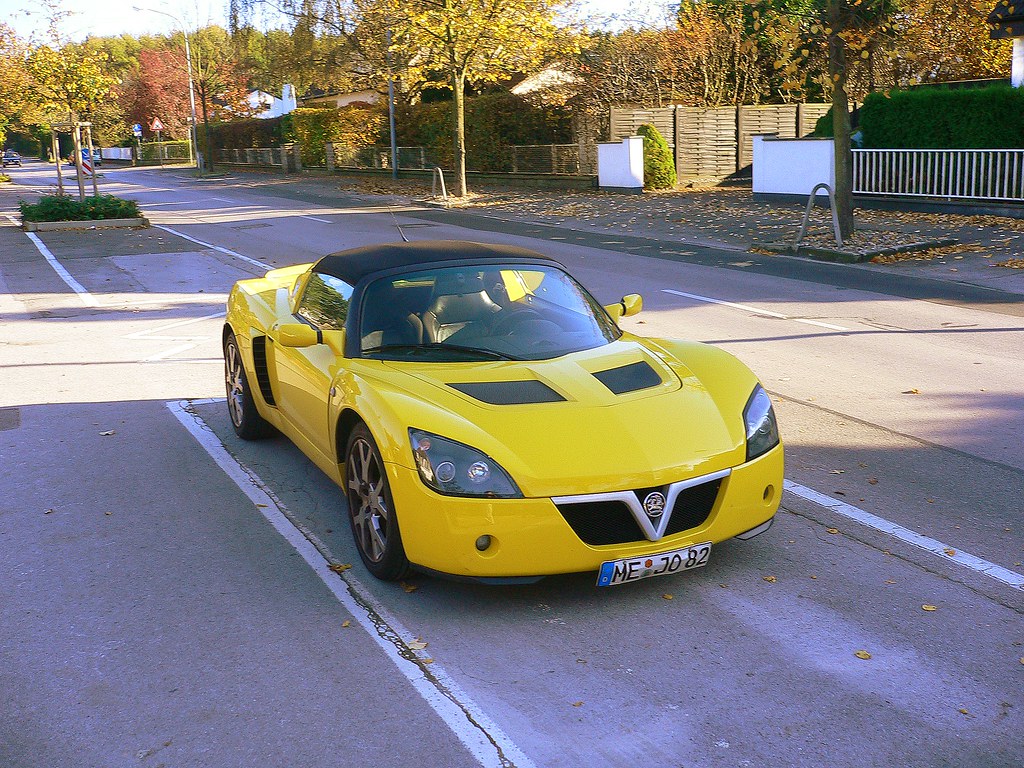
Alright, listen up, gearheads and aspiring high-rollers. We all dream of that moment, don’t we? Cruising down the boulevard in a sleek, powerful luxury machine, turning heads, feeling like a million bucks. The leather smells right, the tech sparkles, and the badge on the hood whispers sweet nothings about prestige and engineering prowess. But here’s the thing about those whispers: sometimes they’re just an elaborate smokescreen for a money pit disguised as a status symbol. Mechanics, the unsung heroes of the automotive world, see behind the veneer every single day, and trust me, they’ve got some stories.
They see the cars that promise a blend of prestige, comfort, and advanced features but deliver a relentless assault of hidden costs and ongoing frustrations. These are the vehicles that look amazing on paper, or in that glossy brochure, but routinely break down and cost a small fortune to fix. It’s not about being cheap; it’s about being smart. Because not every luxury model delivers on its promises, leaving owners with that all-too-familiar sting of buyer’s remorse. We’re talking about overpriced headaches disguised as luxury, and we’re here to shine a spotlight on some of the worst offenders.
So, before you go emptying your retirement fund for that ‘bargain’ luxury ride, pause, take a deep breath, and let’s get real. This isn’t about shaming anyone’s taste; it’s about arming you with the truth that dealers often conveniently forget to mention. We’ve pulled together a list of the luxury cars that mechanics regularly warn about, the ones that make them sigh when they roll into the shop. These are the models that transform the thrill of ownership into a recurring nightmare of escalating bills and inconvenient downtime. Consider this your public service announcement from the trenches of automotive repair.

1. Land Rover Range Rover
The Range Rover. Ah, yes, the quintessential status symbol. It looks the part, commanding attention wherever it goes, promising adventure off-road and unparalleled luxury within. The off-road capability is genuinely impressive, and the interior? Plush as a five-star hotel suite. On paper, it’s everything you could want from a high-end SUV, a vehicle that suggests you’ve truly arrived. But beneath that polished exterior lies a beast that many mechanics consider one of the most overpriced luxury cars on the market, a constant source of frustration and expensive bills.
What mechanics really whisper about, though, are the frequent electrical issues that plague these vehicles, turning seemingly minor glitches into diagnostic nightmares. And let’s not forget the air suspension failures, which aren’t just inconvenient; they’re wallet-draining events. These aren’t isolated incidents; they’re recurring themes. Owners often find themselves pouring thousands of pounds, or dollars, into maintenance just to keep their Range Rover running smoothly, a perpetual cycle of repair that undermines any initial savings on the purchase price. It’s a luxury car that demands constant, costly attention.
Repairs on a Range Rover aren’t just costly; they’re often time-consuming, a test of patience as well as your bank account. The parts, you see, can be notoriously hard to source, leading to extended waits and a car stuck in the shop rather than ferrying you to your next high-society engagement. If you’re genuinely seeking true luxury without the headaches of constant mechanical drama and a perpetually open wallet, this model might not deliver the value you expect, no matter how good it looks on your driveway. It’s a prime example of a vehicle where the image far outstrips the ownership experience.
Car Model Information: 2025 Acura RDX Base
Caption: 2022 Range Rover SE P440e (L460, fifth generation, United Kingdom)
Aka: unbulleted list
Name: Range Rover
Manufacturer: unbulleted list
Production: 1969–present
Assembly: unbulleted list
Class: unbulleted list
Layout: Front-engine, four-wheel-drive layout
Sp: uk
Categories: 1980s cars, 1990s cars, 2000s cars, 2010s cars, 2020s cars
Summary: The Land Rover Range Rover, generally shortened to Range Rover, is a 4WD luxury mid to full size crossover marque and sub-brand of Jaguar Land Rover, owned by India-based Tata Motors. The Range Rover line was launched in 1970 by British Leyland and since 2022 is in its fifth generation.
Additional models have been launched under the Range Rover name, including the Range Rover Sport, Range Rover Evoque, and Range Rover Velar.
Get more information about: Range Rover
Buying a high-performing used car >>>
Brand: Land Rover Model: Range Rover
Price: $42,564 Mileage: 4,198 mi.
Read more about: Hollywood’s Fading Reels: 5 Iconic Movies That Simply Wouldn’t See the Light of Day in Today’s World

2. BMW 7 Series
When you hear BMW, you think “the ultimate driving machine.” And the 7 Series is marketed as the pinnacle of German engineering, a technological marvel packed with cutting-edge innovations designed to elevate your driving experience. The ride is undoubtedly smooth, a testament to its engineering. From adaptive cruise control to gesture controls, it’s a showcase of automotive advancement. For a while, the initial thrill of ownership is intoxicating, making you feel like you’re at the helm of a futuristic land yacht. Then reality sets in.
That same cutting-edge technology that initially wows you is often precisely what leads to trouble down the line. Mechanics will tell you, with a weary sigh, that the 7 Series is an overpriced headache, thanks in no small part to those complex electronics that frequently decide to malfunction. It’s a recurring theme: the more intricate the tech, the more points of failure, and the more specialized (and expensive) the expertise required to fix it. This isn’t just about a broken button; it’s about integrated systems that require a deep dive into its digital brain.
Even routine repairs, things you might take for granted on a less complex car, like fixing window regulators or replacing a seemingly simple sensor, can quickly add up to eye-watering sums. The long-term costs of keeping a 7 Series on the road can easily far outweigh that initial thrill of ownership, turning your sophisticated executive sedan into a financial black hole. If you’re after luxury without the nagging frustration of constant electronic gremlins and exorbitant repair bills, you might want to think twice before signing on the dotted line for one of these, especially an older model that’s had time to develop character (read: problems).
Car Model Information: 2025 Acura RDX Base
Name: BMW 7 Series
Caption: BMW 7 Series (G11)
Manufacturer: BMW
Production: 1977–present
Class: Full-size car,luxury car
BodyStyle: sedan (car)
Predecessor: BMW New Six
Categories: All articles with dead external links, Articles with dead external links from July 2021, Articles with short description, BMW vehicle series, CS1 Chinese-language sources (zh)
Summary: The BMW 7 Series is a full-size luxury sedan manufactured and marketed by the German automaker BMW since 1977. It is the successor to the BMW E3 “New Six” sedan and is now in its seventh generation.
The 7 Series is BMW’s flagship car and is only available in a sedan bodystyle (including long wheelbase and limousine models). It traditionally introduces technologies and exterior design themes before other models in BMW’s lineup.
The first generation of the 7 Series was powered by straight-6 petrol engines, and following generations have been powered by inline-4, straight-6, V8 and V12 engines with both natural aspiration and turbocharging. Since 1995, diesel engines have been optional in the 7 Series.
Unlike the BMW 3 Series and BMW 5 Series sedans, BMW does not offer a full M model, but once offered an M performance variant, the BMW M760 with its 6.6L V12 (at the time the most powerful BMW ever made, not to be confused with BMW 760 6.6 V12 which does not offer the same performance). The Alpina B7 served as the high-performance variant of the 7 Series.
Get more information about: BMW 7 Series
Buying a high-performing used car >>>
Brand: BMW Model: 7 Series
Price: $42,564 Mileage: 4,198 mi.
Read more about: Beyond the Badge: Uncovering the Hidden Flaws in 14 Fan-Favorite Vehicle Models
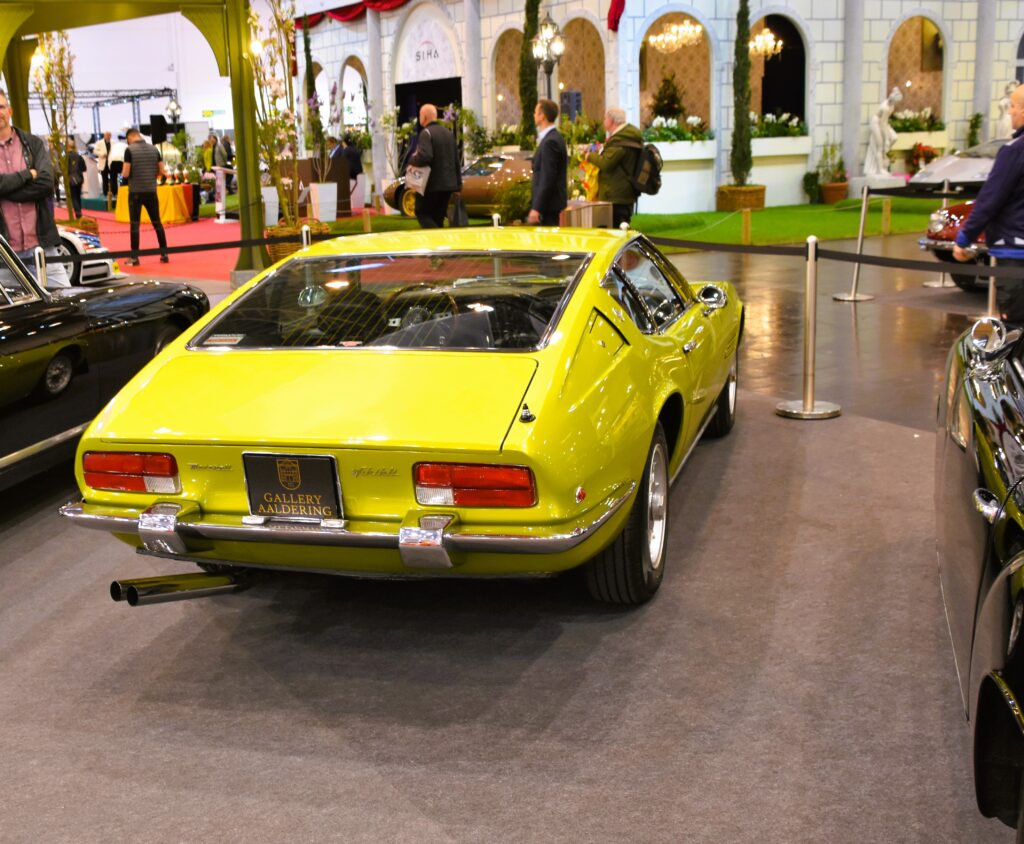
3. Maserati Ghibli
Ah, Maserati. The name itself evokes images of Italian passion, sleek lines, and that unmistakable, intoxicating exhaust note. The Ghibli, in particular, turns heads with its sophisticated design and undeniable Italian flair. It promises a slice of exotic luxury, a more attainable entry into the world of Italian performance and style. For many, it represents a dream car, a statement of individuality. But unfortunately, much like a passionate romance that turns sour, the Ghibli is also rather notoriously known for reliability issues and a penchant for steep, frequent repair bills that can quickly make that dream feel like a nightmare.
Many owners find themselves returning to the shop with a regularity that borders on comical, if it weren’t so expensive. Nagging engine problems, frustrating transmission glitches, and electrical gremlins seem to be part and parcel of the Ghibli ownership experience. It’s not just a one-off issue; it’s a pattern that mechanics are all too familiar with. These aren’t the kind of character quirks you learn to love; they’re the kind that drain your patience and your bank account, leaving you wondering if all that Italian flair was really worth the constant aggravation.
Adding insult to injury, mechanics frequently point out that the Ghibli’s parts aren’t just expensive – they’re also often hard to find, leading to exasperatingly long waits and even higher costs as specialized shipping or sourcing comes into play. What might seem like a bargain entry into Italian luxury on the used market quickly reveals itself to be an overpriced headache in disguise. It’s a car that looks like a million bucks but can quickly feel like it’s costing you twice that in repairs, proving that sometimes, even Italian beauty comes with a hefty price tag in hidden maintenance.
Car Model Information: 2018 Maserati Ghibli Base
Name: Maserati Ghibli
Caption: 2018 Maserati Ghibli GranLusso
Manufacturer: Maserati
Assembly: Modena,Grugliasco,Turin
Class: Grand tourer,Executive car
BodyStyle: fastback,coupé,Roadster (automobile),Sedan (automobile)
Production: AM115: 1967–1973,AM336: 1992–1998,M157: 2013–2023
Categories: 1970s cars, 1990s cars, 2010s cars, Articles with short description, CS1 Italian-language sources (it)
Summary: Maserati Ghibli is the name of three different cars produced by Italian automobile manufacturer Maserati: the AM115, a V8 grand tourer from 1967 to 1973; the AM336, a V6 twin-turbocharged coupé from 1992 to 1998; and the M157, an executive saloon from 2013 to 2023.
Ghibli is the Libyan Arabic name for the hot dry south-westerly wind of the Libyan desert.
Get more information about: Maserati Ghibli
Buying a high-performing used car >>>
Brand: Maserati Model: Ghibli
Price: $14,980 Mileage: 66,162 mi.
Read more about: Navigating the Depreciation Minefield: The Fastest Depreciating Cars of 2025 and What It Means for Your Wallet
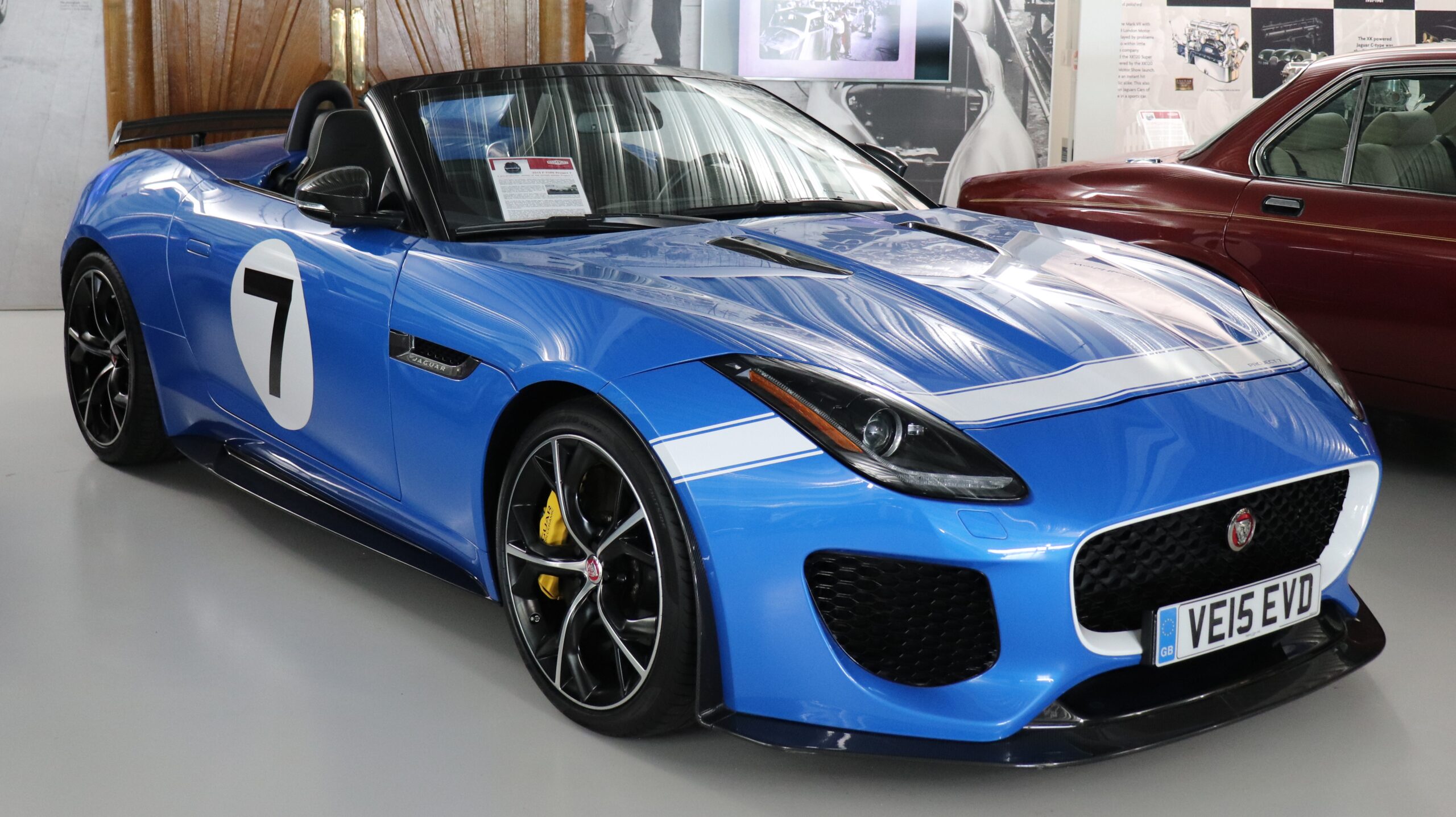
4. Jaguar XF
Jaguar. The name alone conjures images of refined British elegance and a sophisticated, almost aristocratic demeanor. The XF, in particular, boasts elegant styling that’s distinctly British and a refined ride that truly makes you feel like you’re gliding rather than driving. It’s a handsome executive sedan, designed to exude class without being ostentatious. But here’s the rub: its reputation for dependability, sadly, doesn’t quite match its undeniably good looks, leading to a rather unsettling discrepancy between expectation and reality for many owners.
Common complaints from XF owners, and the mechanics who tend to their woes, include irritating engine misfires that interrupt that refined driving experience, pervasive electrical failures that can affect anything from infotainment to crucial safety systems, and persistent suspension problems that undermine the car’s vaunted ride comfort. It’s a trifecta of trouble that can quickly erode the joy of ownership. These aren’t minor inconveniences; these are significant issues that impact the car’s core functionality and reliability.
Mechanics frequently warn that the XF is one of those overpriced luxury cars that, despite its initial appeal, often ends up spending more time in the shop than gracefully cruising on the road. While extended warranties and regular, meticulous maintenance might offer some semblance of peace of mind, they simply won’t shield you from the inevitably high cost of ownership. For those genuinely seeking a reliable luxury sedan, one that won’t leave you stranded or constantly writing checks for repairs, the Jaguar XF can regrettably prove to be far more trouble than it’s ultimately worth. It’s a stylish trap for the unwary.
Car Model Information: 2017 Jaguar XF 35t Premium
Categories: All set index articles, Articles with short description, Jaguar vehicles, Set index articles, Short description is different from Wikidata
Summary: Jaguar XF may refer to:
Jaguar XF (X250) (2007–2015), an executive/luxury mid-size sports saloon car
Jaguar XF (X260) (2015–2024), the second generation of the executive/mid-size luxury sports saloon
Get more information about: Jaguar XF
Buying a high-performing used car >>>
Brand: Jaguar Model: XF
Price: $13,000 Mileage: 88,731 mi.
Read more about: Unmasking the Money Pits: 10 Luxury Cars That Spring Costly Repairs on Owners and How to Prepare
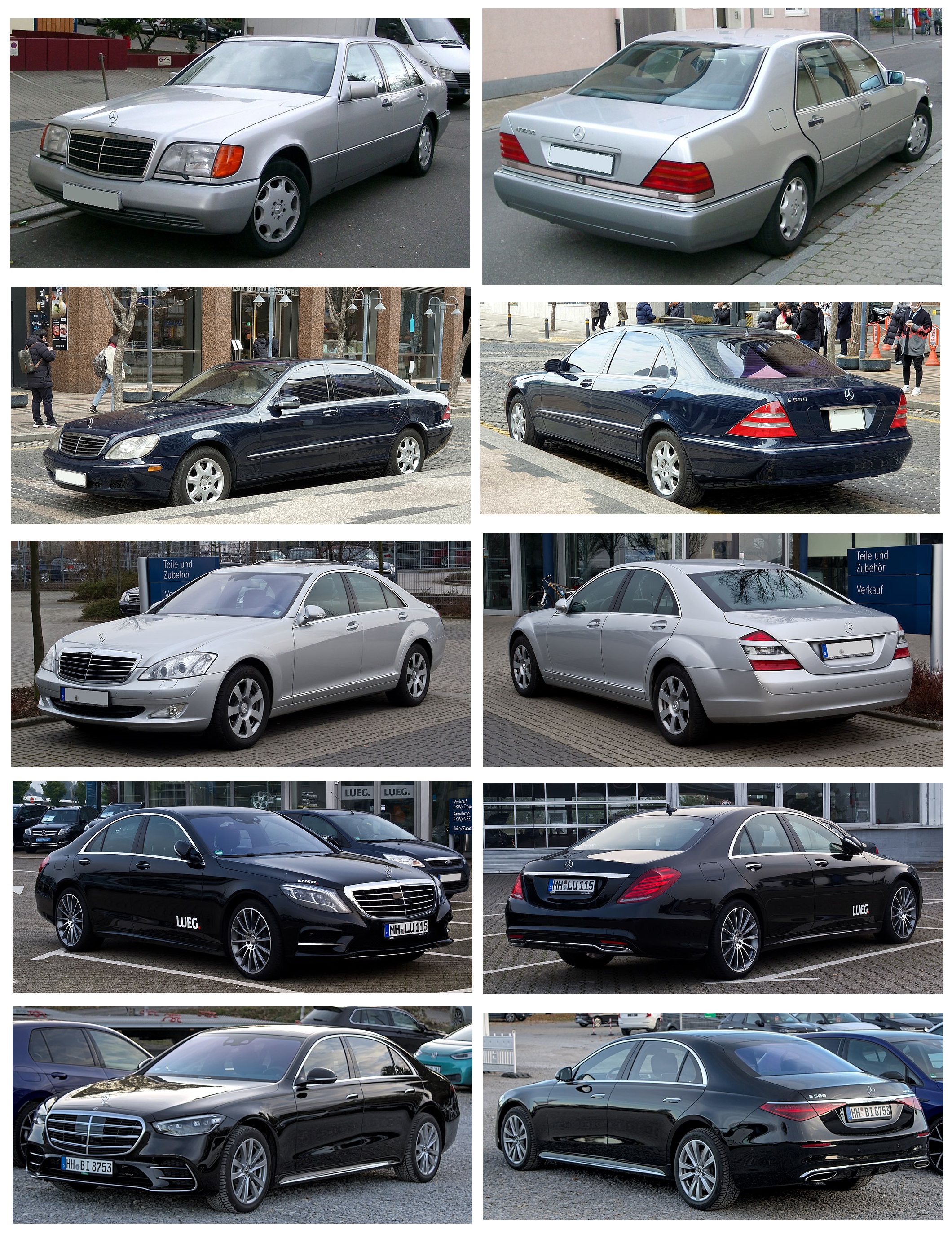
5. Mercedes-Benz S-Class (Older Models)
The Mercedes-Benz S-Class. For generations, it has been widely regarded as the gold standard of luxury sedans, a benchmark against which all others are measured. It’s synonymous with comfort, cutting-edge innovation, and an unparalleled sense of occasion. A new S-Class is a marvel of engineering and opulence. However, when we talk about older models, particularly those from the early 2000s, a very different narrative emerges. These once-majestic machines are now notorious for their expensive and recurring issues, transforming from aspirational vehicles into cautionary tales.
Mechanics will reel off a litany of common headaches that plague these aging titans: failing air suspensions that leave the car saggy and uncomfortable, troublesome electronics that seem to have a mind of their own, and the insidious creep of rust problems that attack their once-pristine bodies. What might seem like an attractive bargain when you stumble upon a used S-Class at a surprisingly low price can quickly, and brutally, turn into an overpriced headache. That initial saving vanishes faster than you can say “check engine light.”
While it’s true that newer S-Class models have largely improved their reliability track record, if you’re eyeing an older S-Class, one that might be tempting purely for its badge appeal and low entry cost, you absolutely must be prepared for significant ongoing expenses. These aren’t just minor fixes; these are often complex, systemic issues that require specialized parts and labor, turning a seemingly shrewd purchase into a long-term financial drain. It’s a powerful reminder that sometimes, the allure of a cheap luxury badge can hide a truly astronomical bill.

6. Porsche Panamera
Porsche. The name resonates with performance, precision, and an undeniable racing heritage. The Panamera was Porsche’s ambitious foray into the luxury sedan market, offering sports car performance ingeniously wrapped in a surprisingly practical, albeit polarizing, luxury sedan package. It promises the best of both worlds: exhilarating speed and handling combined with genuine comfort for four adults. For the enthusiast who needs more than two seats, it seems like the perfect compromise, a true driver’s car that also handles family duties with aplomb. But like any high-performance machine, with that immense capability comes a host of potential problems.
Mechanics often see Panameras rolling into their shops for a variety of severe issues that put a dent in both performance and pocket. Engine issues are a common complaint, problems that demand serious attention and substantial investment. Brake problems are also frequent, and given the car’s performance capabilities, these aren’t your average pad replacements; they involve sophisticated, expensive components. And, you guessed it, suspension failures crop up too, undermining that precise handling. It’s a combination that can be agonizing for owners.
Naturally, given it’s a Porsche, replacement parts carry a hefty price tag, and even routine maintenance is far from cheap. Every service appointment feels like a mini-renovation project for your wallet. While its prestigious badge and the undeniably thrilling driving experience are incredibly appealing, the Panamera frequently makes the list of overpriced luxury cars that quickly become headaches for their owners, transforming high-speed joy into high-cost misery. If you want luxury without the long-term financial strain of a performance car’s upkeep, it might be wise to consider alternatives that don’t share the same habit of devouring your savings account with repairs.
Alright, if Section 1 was about the immediate, gut-wrenching pain of a luxury car breaking down, this next chapter is a slow, insidious burn. It’s about the silent killer of your wallet, the grim reaper of resale value, and the insidious creep of all those ‘little’ costs that nobody tells you about when you’re basking in the showroom glow. Because let’s be real, while a catastrophic engine failure can certainly ruin your day, watching your half-a-million-dollar machine shed its value faster than a snake sheds its skin is a different kind of heartbreak. This isn’t just about what breaks, but about what *bleeds* your bank account dry over time.
We’re diving into the murky waters of depreciation demons and the hidden costs that prove not all that glitters is, in fact, gold. You think you’ve snagged a deal on a used luxury car? Think again. That low sticker price might just be the siren song leading you straight to a financial whirlpool. These are the luxury cars that might not constantly be in the shop for major repairs, but they’ll absolutely find other creative ways to lighten your wallet, primarily by becoming nearly worthless faster than you can say ‘premium unleaded.’ So, buckle up, because we’re about to expose six more luxury rides where the true cost of ownership is a brutal reality check.
Car Model Information: 2018 Porsche Panamera Base
Name: Porsche Panamera
Caption: 2024 Porsche Panamera (976)
Manufacturer: Porsche
Production: 2009–present
Assembly: Leipzig
Class: Luxury car
Layout: Front-engine, rear-wheel-drive layout
Predecessor: Porsche 989
Sp: uk
Categories: 2010s cars, 2020s cars, All-wheel-drive vehicles, All articles containing potentially dated statements, All articles with unsourced statements
Summary: The Porsche Panamera is a mid- to full-sized luxury car (E-segment or F-segment for LWB in Europe) manufactured and marketed by German automobile manufacturer Porsche. It currently spans across three generations, using a front-engine and rear- or all-wheel drive configuration.
The Panamera debuted at the 13th Auto Shanghai International Automobile Show in April 2009, later launching hybrid and diesel versions in 2011. In April 2013, the company introduced a facelifted model, again at the Shanghai Auto Show, followed by the US introduction of a plug-in hybrid version, the Panamera S E-Hybrid, in November 2013. Porsche launched the second-generation Panamera in 2016, and in November 2023, the third generation was introduced.
The Panamera name, as with the Carrera name, is derived from the Carrera Panamericana race.
Get more information about: Porsche Panamera
Buying a high-performing used car >>>
Brand: Porsche Model: Panamera
Price: $39,880 Mileage: 56,253 mi.
Read more about: Unmasking the Money Pits: 10 Luxury Cars That Spring Costly Repairs on Owners and How to Prepare

7. Audi A8
You’d think a flagship luxury limousine like the Audi A8, with its blend of sophisticated tech and serene comfort, would be a safe bet for a wealthy individual. After all, it’s a car designed to pamper its occupants and project an image of understated power. On the surface, the A8 presents itself as a paragon of German engineering, offering an exceptionally comfortable ride and a spacious, high-quality cabin. It’s the kind of car that makes long journeys feel effortless, a true sanctuary on wheels.
However, for all its impressive attributes, the A8 has a secret shame: its brutal depreciation. We’re talking about a vehicle that, in certain versions, can shed enough value in just three years to buy a brand-new Range Rover Evoque. That’s not a rounding error; that’s a serious financial hit, one that even those with seemingly bottomless pockets might find hard to swallow. While some might argue that depreciation isn’t a concern for A8 buyers, anyone prefers a wise investment, and this kind of rapid value loss is anything but. It makes that initial, hefty purchase price feel even more like a fleeting luxury.
Beyond the depreciation, the A8 still carries those classic ‘overpriced headache’ traits, particularly as it ages. Its complex electronics, while impressive, can lead to incredibly costly repairs. Even minor issues often require specialized tools and expert diagnostics, inflating labor costs to eye-watering levels. Then there are the notorious air suspension failures and oil leaks, which aren’t just inconvenient; they’re financially ruinous. So, while it offers a plush ride and a magnificent interior, the A8 often delivers an ownership experience that’s far pricier than its initial appeal suggests, a consistent drain on your savings from multiple angles.
Car Model Information: 2025 Audi A8 L 55
Name: Audi A8
Manufacturer: Audi AG
Assembly: Neckarsulm
Production: #D2
Class: Full-size,luxury car
BodyStyle: sedan (automobile)
Platform: List of Volkswagen Group platforms
Layout: FF layout
Related: Audi S8
Predecessor: Audi V8
Categories: 2000s cars, 2010s cars, 2020s cars, All-wheel-drive vehicles, All articles lacking reliable references
Summary: The Audi A8 is a full-size luxury sedan manufactured and marketed by the German automaker Audi since 1994. Succeeding the Audi V8, and now in its fourth generation, the A8 has been offered with either front- or permanent all-wheel drive and in short- and long-wheelbase variants. The first two generations employed the Volkswagen Group D platform, with the current generation deriving from the MLB platform. After the original model’s 1994 release, Audi released the second generation in late 2002, the third in late 2009, and the fourth and current iteration in 2017. Noted as the first mass-market car with an aluminium chassis, all A8 models have used this construction method co-developed with Alcoa and marketed as the Audi Space Frame.
A mechanically upgraded, high-performance version of the A8 debuted in 1996 as the Audi S8. Produced exclusively at Audi’s Neckarsulm plant, the S8 is fitted standard with Audi’s quattro all-wheel drive system. The S8 was only offered with a short-wheelbase for the first three generations, being joined by a long-wheelbase variant for the fourth generation.
Get more information about: Audi A8
Buying a high-performing used car >>>
Brand: Audi Model: A8
Price: $76,711 Mileage: 935 mi.
Read more about: Vanishing Acts: 10 Famous Actors Who Disappeared After One Huge Hollywood Hit

8.DS 9
The DS 9 arrived on the scene with ambitions of being a distinct, French alternative in the luxury car segment, promising a unique blend of comfort, technology, and premium quality. It has a certain allure, an elegant design that certainly helps it stand out from the usual German and Japanese luxury sedans. The plug-in hybrid version, in particular, tries to tempt buyers with the promise of lower running costs, presenting itself as a smart choice for the eco-conscious luxury seeker.
But oh, how the mighty can fall. While the DS 9 manages a generally comfortable ride and a well-appointed interior that might initially impress, it tragically lags behind its competitors in several key areas. The infotainment system, for instance, is notoriously slow and unintuitive, turning what should be a seamless experience into a frustrating battle with sluggish software. Rear headroom could also be better, which for a luxury cruiser, is a significant oversight. It means passengers won’t experience the full comfort they’d expect from a car of this stature.
The real kick in the teeth, though, is the DS 9’s staggering depreciation. Despite being priced head-to-head with many established German luxury models, it suffers a much steeper decline in value. This rapid depreciation turns that ‘bargain’ entry into a premium segment into a long-term financial disappointment for the original owner. While this could be good news for used car buyers seeking a high-end vehicle at a much-reduced price, it’s a clear warning for anyone considering buying new: your investment will shrink faster than a cheap T-shirt in a hot wash. It’s a striking example of how ambition doesn’t always translate into lasting value.
Read more about: Unraveling the Complexities of David Carradine’s Death: An In-Depth Examination of the Actor’s Final Hours
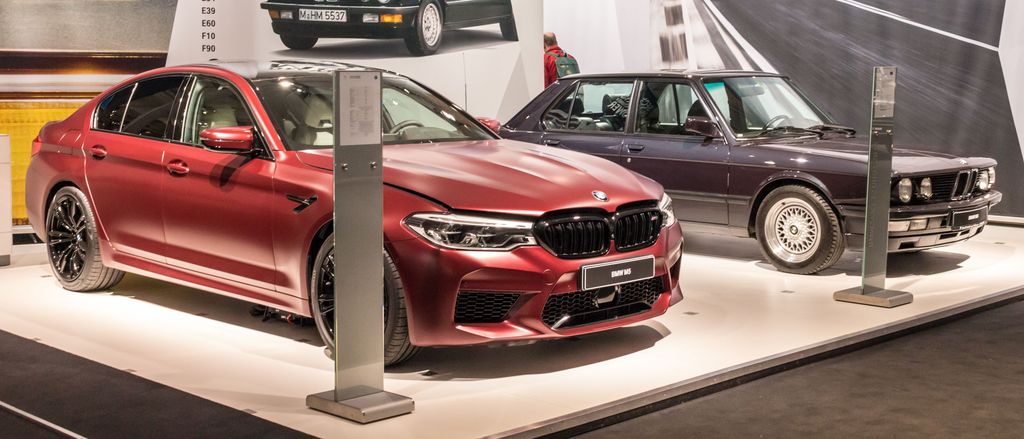
9. BMW 8 Series
Ah, the BMW 8 Series. This is where Bavaria’s finest tries to blend thrilling performance with luxury grand touring. Originally, it was the 840i petrol version that was the depreciation disaster, but now, it’s the range-topping M50i xDrive, with its glorious 523bhp V8 engine, that takes the dubious honor of rapid value loss. You’re getting an incredibly powerful machine, one that responds instantly to throttle inputs and, in Sport Plus mode, produces an aggressive exhaust note that demands attention. It’s an intoxicating experience, a true performance beast wrapped in a sleek coupe or convertible body.
The problem, however, is that this thrill comes at a truly eye-watering cost beyond the initial purchase price. The M850i’s running costs are significantly higher than other 8 Series models, and we’re not just talking about fuel. Every single mile you put on this beast is a tiny financial bleed, and that’s before we even get to the elephant in the room: depreciation. This particular model sheds an astonishing £80,000 in value over just three years and 36,000 miles. That’s enough to buy a decent house in some parts of the world, just gone. Poof.
While the 8 Series offers ample cabin space up front and BMW’s class-leading infotainment system, its cramped rear seats are a practical drawback for a car of this size and ambition. More importantly, when stacked against rivals, some offer a sportier drive, others provide superior comfort, and crucially, many depreciate at a significantly slower rate. So, while the immediate gratification of that powerful V8 is undeniable, the long-term reality of ownership involves watching your investment evaporate at an alarming pace. It’s a prime example of a car that’s a blast to drive, but a pain to sell.
Car Model Information: 2025 Acura RDX Base
Name: BMW 8 Series
Production: 1990–1999,2018–present
Class: Grand tourer
BodyStyle: coupé,convertible,Sedan (automobile)
Layout: Rear-wheel drive,All-wheel drive
Categories: Articles with short description, BMW vehicle series, CS1 German-language sources (de), Commons category link is on Wikidata, Coupés
Summary: The BMW 8 Series is a range of grand tourer coupes and convertibles produced by BMW.
The 8 Series was introduced in 1990 under the E31 model code and was only available as a two-door coupé. It is powered by a range of naturally aspirated V8 and V12 petrol engines. The E31 started production just as E24 6 Series production ended; however, it is not considered a direct successor. The E31 was discontinued in 1999 due to poor sales.
The model range was later reintroduced in 2018 with the second generation, G15 8 Series. It launched in coupé (G15), convertible (G14), and four-door Gran Coupé (G16) body styles, as the successor to the F06/F12/F13 6 Series lineup. The G15 8 Series introduces an inline-six diesel engine, and a high-performance BMW M8 trim later joined the lineup as well as the luxury inspired Alpina B8.
Get more information about: BMW 8 Series
Buying a high-performing used car >>>
Brand: BMW Model: 8 Series
Price: $42,564 Mileage: 4,198 mi.
Read more about: Beyond the Badge: Uncovering the Hidden Flaws in 14 Fan-Favorite Vehicle Models
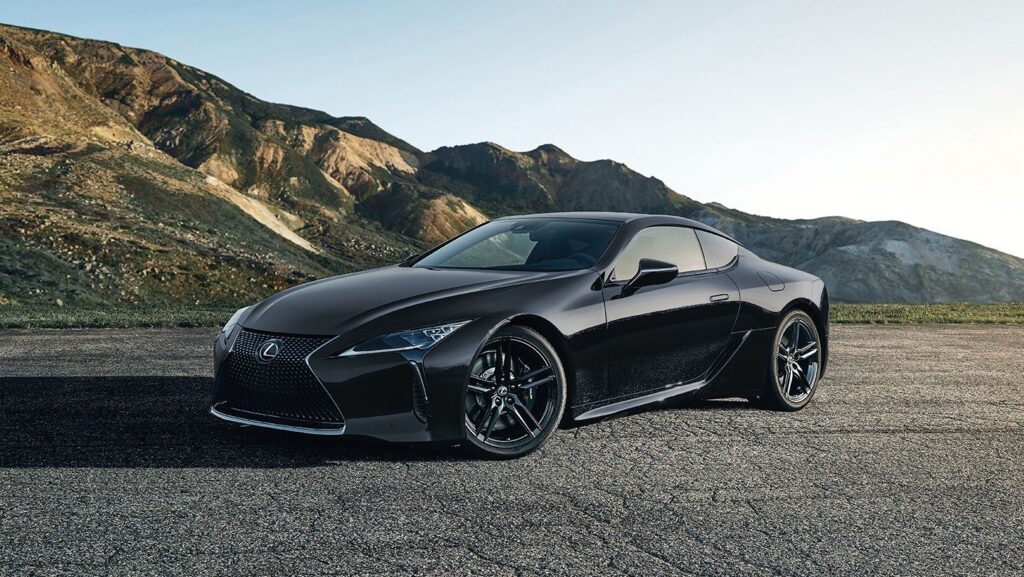
10. Lexus UX300e
Lexus, the luxury arm of Toyota, is generally lauded for its reliability and strong resale values. So, it’s particularly jarring to find the all-electric UX300e gracing this list of the fastest-depreciating cars. This compact electric SUV tries to blend Lexus’s renowned quality with the burgeoning EV market, promising a smooth, comfortable ride and generous standard equipment. It’s an attractive package on paper, especially with the top-of-the-line Takumi trim packing advanced LED headlights, an upgraded sound system, and a head-up display.
However, beyond its unexpected depreciation, the UX300e presents a few challenges that contribute to its rapid value loss. Its real-world driving range is a modest 170 miles, which, in a rapidly evolving EV market, is becoming increasingly restrictive compared to rivals that offer significantly more. Charging speeds are also slower than many competitors, turning quick top-ups into longer waits. These limitations make it less appealing to second-hand buyers who are increasingly prioritizing range and charging speed.
Furthermore, practicality takes a hit with tight rear seat space and limited boot capacity, issues that are often deal-breakers for SUV buyers. And surprisingly for an SUV, the UX300e’s seating position is quite low, which might disappoint those looking for that commanding, elevated driving experience. When you combine the significant value loss with these practical shortcomings and range anxiety, the UX300e quickly reveals itself as an electric luxury vehicle that simply doesn’t hold its own against the competition, making it a financial gamble for anyone buying new.
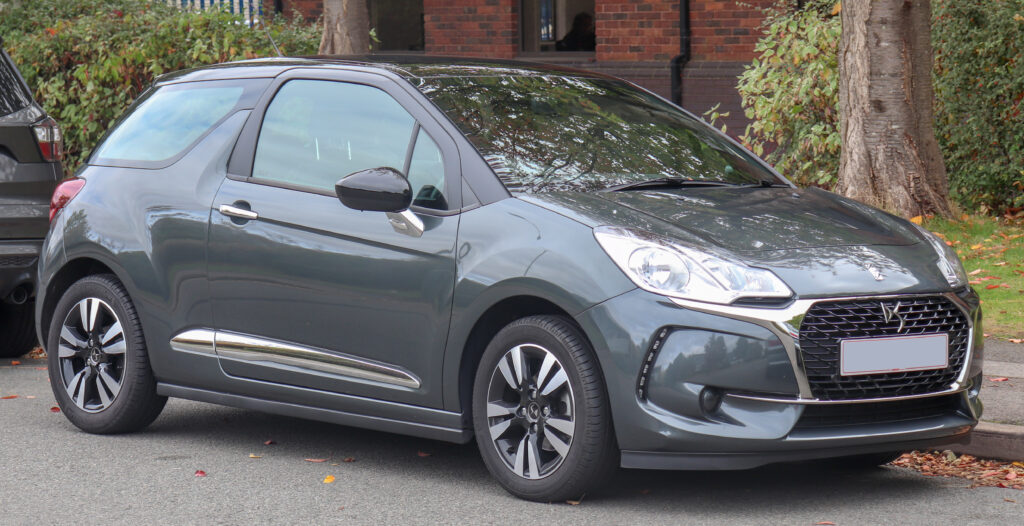
11. DS 3
Another entry from DS, and another lesson in rapid depreciation. The DS 3, particularly its electric E-Tense variant, attempts to carve out a niche for itself as a stylish, premium electric compact, boasting a quiet and refined cruising experience and a generously equipped interior. It looks the part, exudes a certain French chic, and certainly feels more premium inside than many direct rivals. The soft suspension also does a commendable job of soaking up road imperfections, contributing to a smoother drive than some firmer electric competitors.
But beneath that stylish facade, the DS 3 struggles to compete where it matters most for long-term ownership. Its high initial purchase price immediately puts it at a disadvantage, especially when competing against more value-oriented rivals like the Hyundai Kona Electric, Kia Niro EV, and MG ZS EV. The financial sting only gets worse when you consider its below-average electric range, with a realistic expectation of around 200 miles between charges. In a market where range is king, this is a significant drawback.
The cumulative effect of a premium price tag, a modest range, and a cramped rear seating area leads directly to its biggest Achilles’ heel: depreciation. The DS 3 E-Tense sheds more money over 36,000 miles than its key rivals, making it a particularly painful investment for the original buyer. While its unique style and refined ride might initially win you over, the harsh reality of its declining value and practical compromises makes it a luxury compact that quickly becomes a financial burden rather than a savvy purchase. It’s a stylish choice, perhaps, but certainly not a smart one for your wallet.
Read more about: Unraveling the Complexities of David Carradine’s Death: An In-Depth Examination of the Actor’s Final Hours
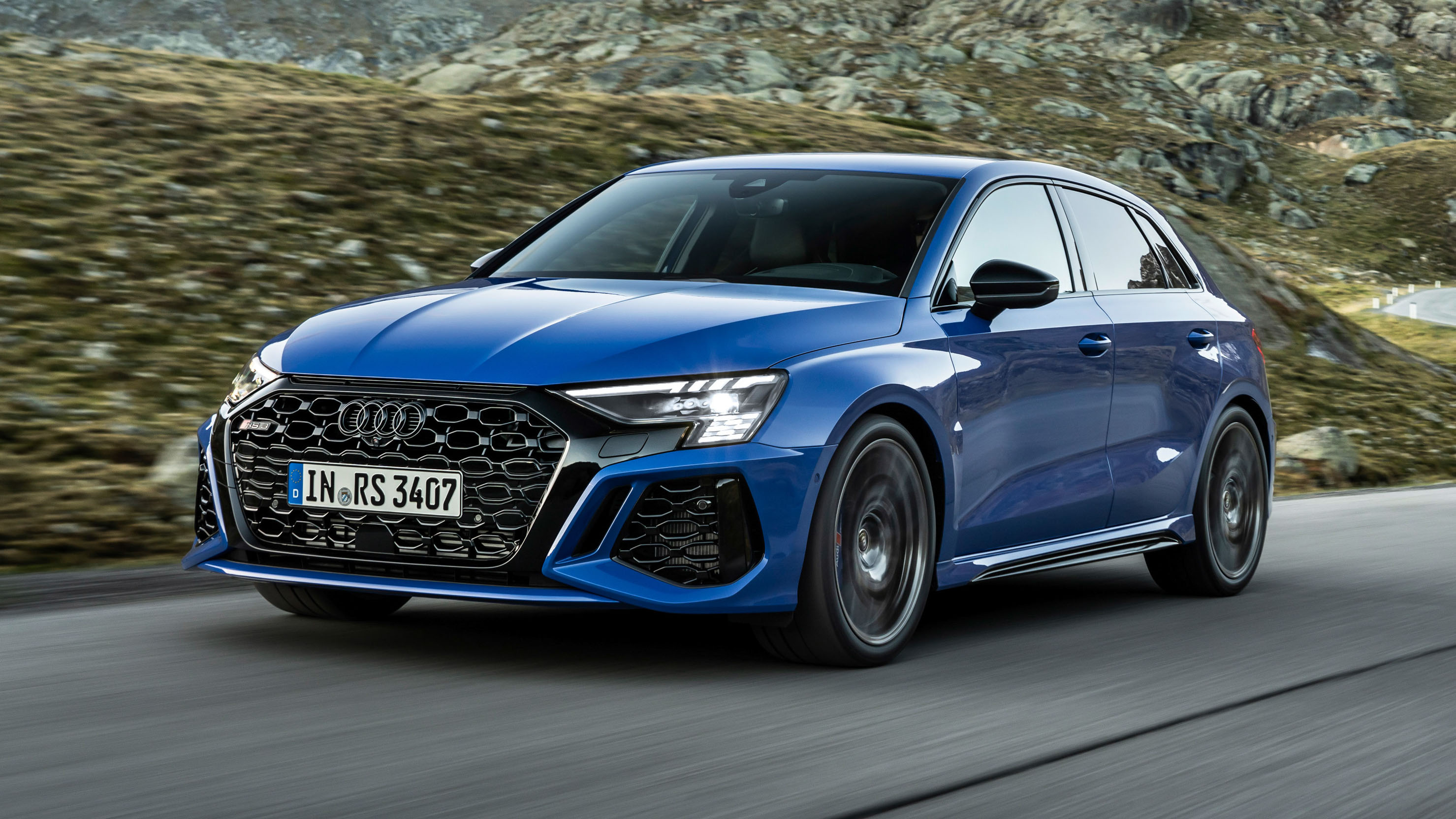
12. Audi A6 (PHEV)
The Audi A6 has long been a benchmark for executive sedans, revered for its exceptionally quiet engines, spacious and comfortable interior, and high-quality construction. It’s a car that projects an aura of sensible luxury and refined capability. However, not every version of this esteemed model escapes the depreciation monster unscathed, and it’s the plug-in hybrid (PHEV) variant that finds itself in a particularly precarious position on the depreciation charts.
While the PHEV version promises enticing lower running costs thanks to its electric range of up to 34 miles, allowing for short, emissions-free commutes, this advantage often gets overshadowed by its brutal value loss. This specific A6 model sheds over £40,000 in value after just three years of ownership. That’s a significant chunk of change that simply vanishes, proving that even with the best intentions of fuel efficiency, some luxury models just can’t outrun the depreciation demons. It makes that initial investment look less like a smart long-term decision and more like a generous donation to the used car market.
Adding to the financial sting, the plug-in hybrid setup also comes with a practical compromise: reduced boot capacity. The battery placement eats into the luggage space, leaving you with 360 liters, which, while still decent for most families, is less than its non-PHEV counterparts. So, while you get the benefit of hybrid power and quick acceleration, you also inherit a car that loses value rapidly and offers slightly less practicality. It’s a classic case of hidden costs, where the desire for eco-friendliness in a luxury package comes with a hefty, long-term financial penalty that many buyers might not fully anticipate.
So there you have it, folks: a deep dive into the luxury cars that deliver more hassle than they’re truly worth. From the chronic mechanical woes that haunt classics like the Range Rover and S-Class, to the brutal depreciation that turns aspirational models like the A8 and BMW 8 Series into financial black holes, the lesson is clear. The badge on the hood might whisper promises of prestige and unparalleled driving pleasure, but often, the reality of ownership is a relentless assault on your patience and your bank account.
The allure of a cheap used luxury car, or even a brand-new one promising unique flair, is incredibly strong. We all want that taste of the high life, that feeling of having ‘made it.’ But as we’ve seen, that dream can quickly morph into a never-ending nightmare of repair bills, plummeting values, and a constant, nagging sense of buyer’s remorse.
Car Model Information: 2021 Audi A6 55 Premium Plus
Name: Audi A6
Caption: 2025 Audi A6 Avant (C9)
Manufacturer: Audi AG
Production: 1994–present,2000–present (China)
Class: Executive car
BodyStyle: Sedan (car)
Layout: longitudinal engine,FF layout
Sp: uk
Predecessor: Audi 100
Categories: 2000s cars, 2010s cars, 2020s cars, All-wheel-drive vehicles, All Wikipedia articles written in British English
Summary: The Audi A6 is an executive car manufactured by the German company Audi since 1994. Now in its sixth generation, the successor to the Audi 100 is manufactured in Neckarsulm, Germany, and is available in saloon and estate configurations, the latter marketed by Audi as the Avant. Audi’s internal numbering treats the A6 as a continuation of the Audi 100 lineage, with the initial A6 designated as a member of the C4-series, followed by the C5, C6, C7, C8 and the C9. The related Audi A7 is essentially a Sportback (liftback) version of the C7-series and C8-series A6 but is marketed under its own separate identity and model designation.
All generations of the A6 have offered either front-wheel-drive or Torsen-based four-wheel-drive, marketed by Audi as their quattro system. The A6 has also been used as the basis for the company’s Allroad models since 1999.
Get more information about: Audi A6
Buying a high-performing used car >>>
Brand: Audi Model: A6
Price: $27,800 Mileage: 51,302 mi.
Read more about: Six Top Cars Hitting 50+ MPG: Exceptional Efficiency Under $30,000 for Smart Buyers
The best luxury, as any seasoned gearhead or financially savvy individual will tell you, is peace of mind. It’s knowing that your vehicle won’t leave you stranded, or that its value isn’t plummeting faster than a stone in a well. So, next time that gleaming, discounted luxury car catches your eye, remember these tales of woe. Do your homework, talk to a trusted mechanic, and prioritize reliability and sensible ownership costs over fleeting glamour. Your wallet, and your sanity, will thank you for it. Drive smart, not just fancy!


